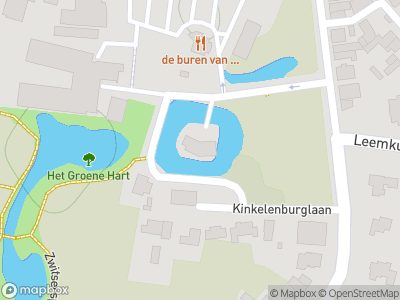Castle Kinkelenburg seems to be the centrepoint of the village, but from a historical perspective this is not the case. In fact, the castle lies between the two old village centres, the Dutch Reformed church on the dyke and the Huis te Bemmel.
Hof te Bemmel
The Kinkelenburg was known during the Late Middle Ages as the castle or ‘Hof te Bemmel’. The earliest mention of it dates from 1403, when Johan van Ambe was lent ‘a house and a homestead with waterways and moat at Bemmel’. The castle probably consisted then of a square stone tower-house, the foundations of which lie beneath the present building.
WW II
Soon afterwards, the status of village castle was changed to the present ‘Huis te Bemmel’. Kinkelenburg was converted in the 18th century into a stately manor. During WWII, the municipality commandeered the building as emergency accommodation for the damaged town hall in the Dorpsstraat. Kinkelenburg was the only big building in Bemmel that still had a watertight roof.
Restoration
After the war, the municipality decided to remain here, but the ruined castle would first have to be restored. Despite its impressive history, the restorers found nothing more of historical interest than a few coins in the attic and a dented tin can in the ditch.
Interior
The interior now has beautiful wall panels, acquired for a nominal price from the Huize Heyendaal, Nijmegen, and originating from an Amsterdam canalside house. A ceiling painting by Hubert Estourgie (1924-1982) tells about the origin of the Betuwe region. After a hundred years of digging the Rhine, two giants fall out. They each dig their own river from Lobith: the younger giant digs the Rhine and old one the Waal.















